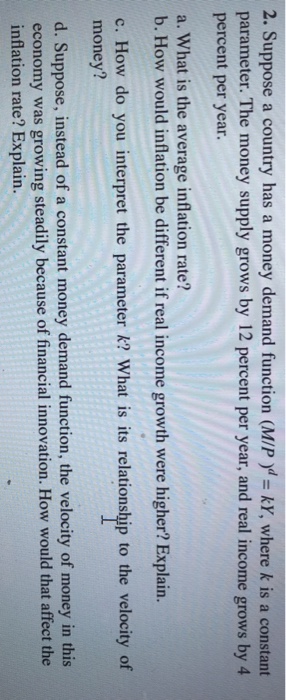Which was diluting you to definitely matter way much below what it is, however, over the past five, six months, for that reason waiver, there’ve been on the 70,000 or 80,100 somebody that has now obtained public-service financing forgiveness
Dr. Jim Dahle:
You’re basically at the end of this process, everybody’s getting PSLF that knows the rules and is qualifying for them. I think it’s probably time to maybe even phase out the idea of a PSLF side fund except to protect you from your own career changes. You think it’s too early to say that, Andrew? You think they still need to keep it in relatively safe stuff, at least some of it?
Andrew:
I think at this stage in the game, they’re close enough there. And if they’re just going to stick around in that position for two more years with the increase of people that are actually receiving public service loan forgiveness. A couple of years ago, it was like 3% or 4%, but over the last couple of months, we’ve seen that success rate move up to somewhere in the teens. And I’m assuming that that number will continue to go up that it’s a pretty sure-fire thing now that they’re going to get there and receive that loan forgiveness.
Andrew:
I definitely think they can start shifting their mindset towards some of their other financial goals like you had stated earlier. Saving for different things other than just putting money aside for this side fund.
Which had been diluting one number ways far lower than the goals, however, during the last four, 6 months, for that reason waiver, there has been about 70,000 otherwise 80,one hundred thousand people that have now gotten public service loan forgiveness
Dr. Jim Dahle:
Yeah, for sure. It’s been interesting to watch the last few years as it becomes a trickle to more of an avalanche. Even those numbers you’re throwing out there though, where it was 1% of the people that applied, those are really honest numbers. Those aren’t people who actually qualify to get PSLF. Most of them didn’t qualify. And I think the denominator they’re using is everybody filing an annual certification form. 16% of those filing an annual certification form is not too bad, given that most of those people don’t have their 120 payments yet.
Andrew:
Yeah. So, you had all these people applying back then in the early days. And they were factored into the overall success rate number. And obviously, nobody could receive it until that point in time.
You have one to financing who’s got a 100, and after that you had one which features 80
Therefore, it has the number doing on 90,000 as the in the 1st four years, there are only about 10,one hundred thousand – twelve,000 – 15,100000 roughly borrowers which had gotten they. But during the last 6 months or more one matter enjoys went way up. Therefore, we’re going to definitely start seeing that is far more out-of a sure-flame topic. Assuming you meet the requirements, however throw the hat around, and provide it a shot.
Which was diluting one to number way much lower than the goals, however, over the last five, six months, due to this fact waiver, we have witnessed about 70,100000 or 80,one hundred thousand people that have today received public-service financing forgiveness
Dr. Jim Dahle:
Yeah, for sure. All right. The second part of his question was initially when graduating from medical school, I was given bad advice, conflating consolidation with refinancing. Therefore, I didn’t consolidate my federal debt for fear of eliminating PSLF eligibility. My PSLF qualified payment counts are identical on all of my 20 or 30 individual direct loans. And all of them are PSLF eligible.
That has been diluting one matter way much below what it is, but during the last four, 6 months, therefore waiver, there were on the 70,100 or 80,000 somebody that has now acquired public-service financing forgiveness
Dr. Jim Dahle:
Is there any benefit for me in consolidating now under the waiver? Would it raise my credit score, for example, to have a smaller number of loans, even though the balance is the same? I’m buying my first home in the next two to three years.
Andrew:
Yeah. Short answer, no. Doing a direct federal consolidation, it’s not going to benefit you at this point. And like you stated, the number of your payment count, and this is 
